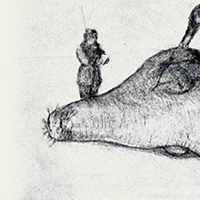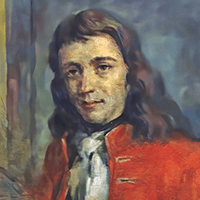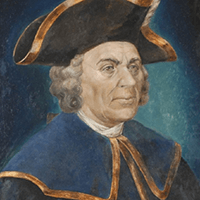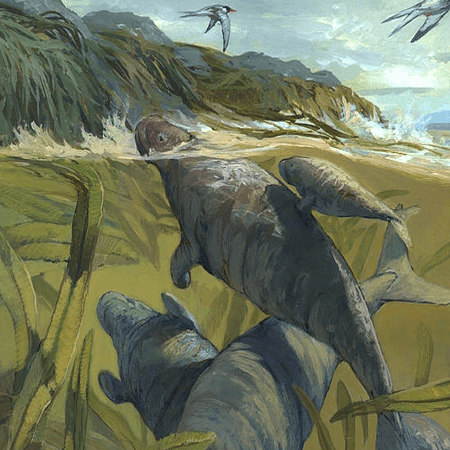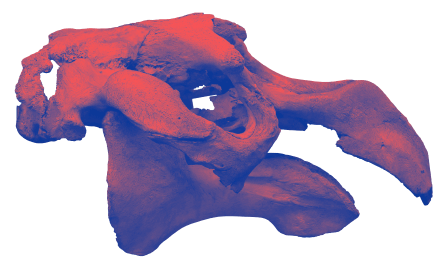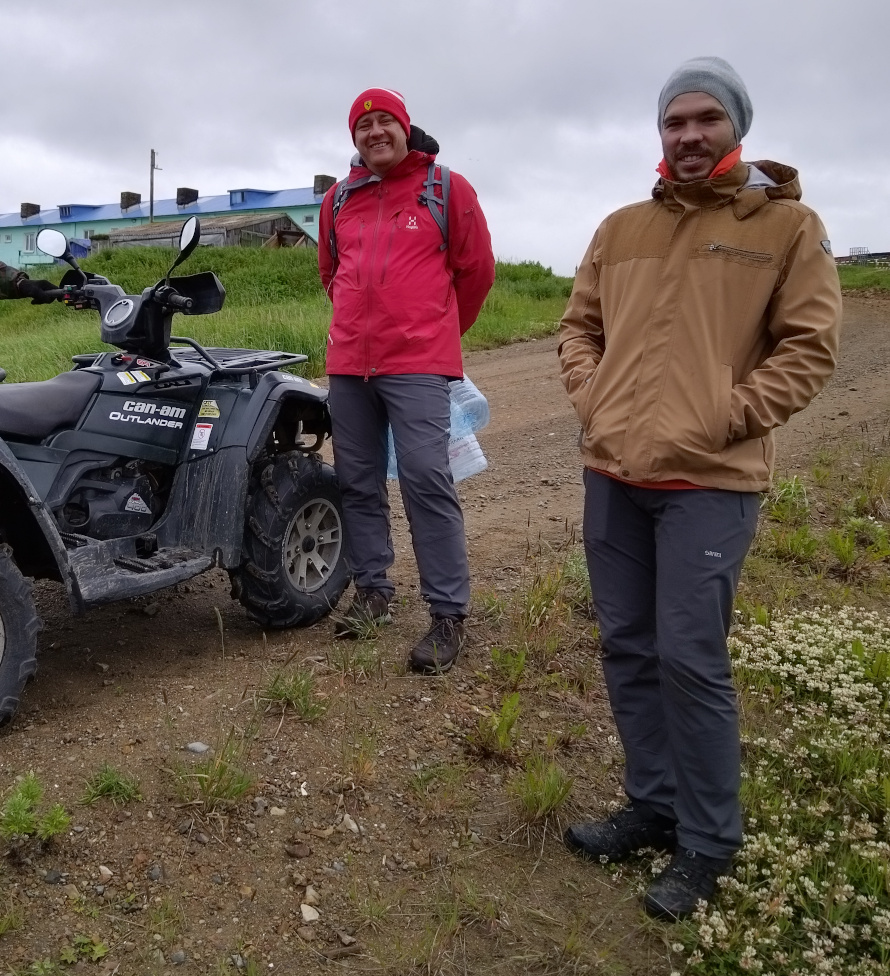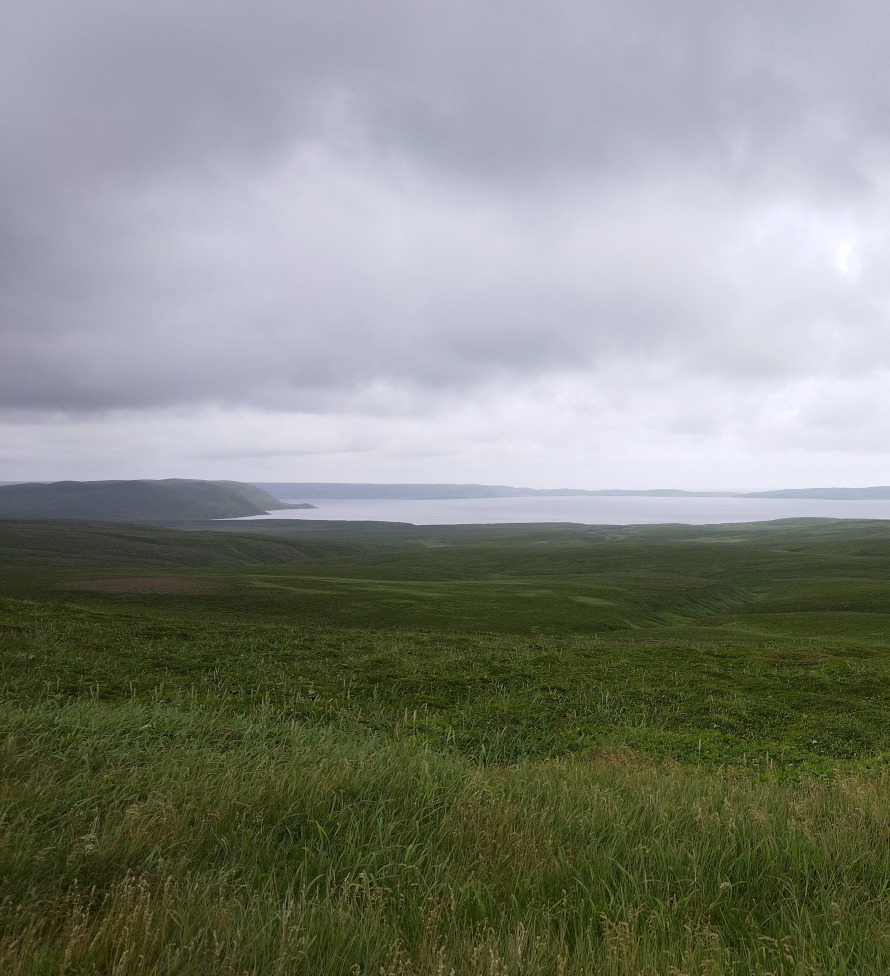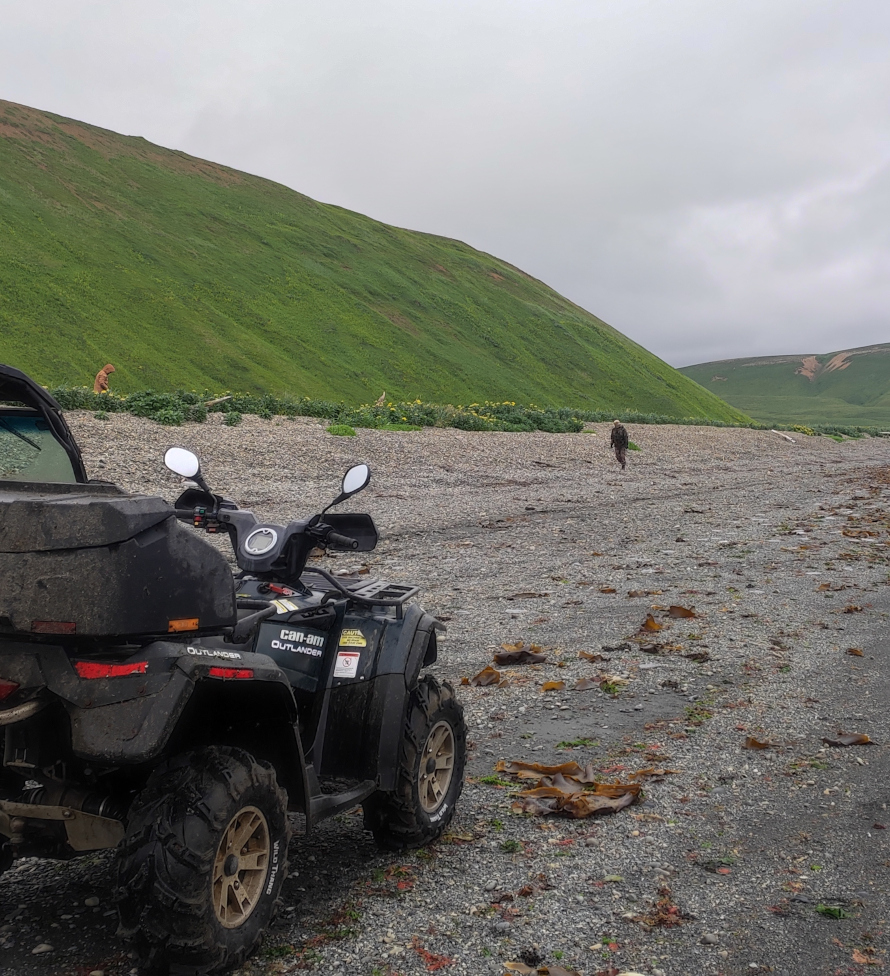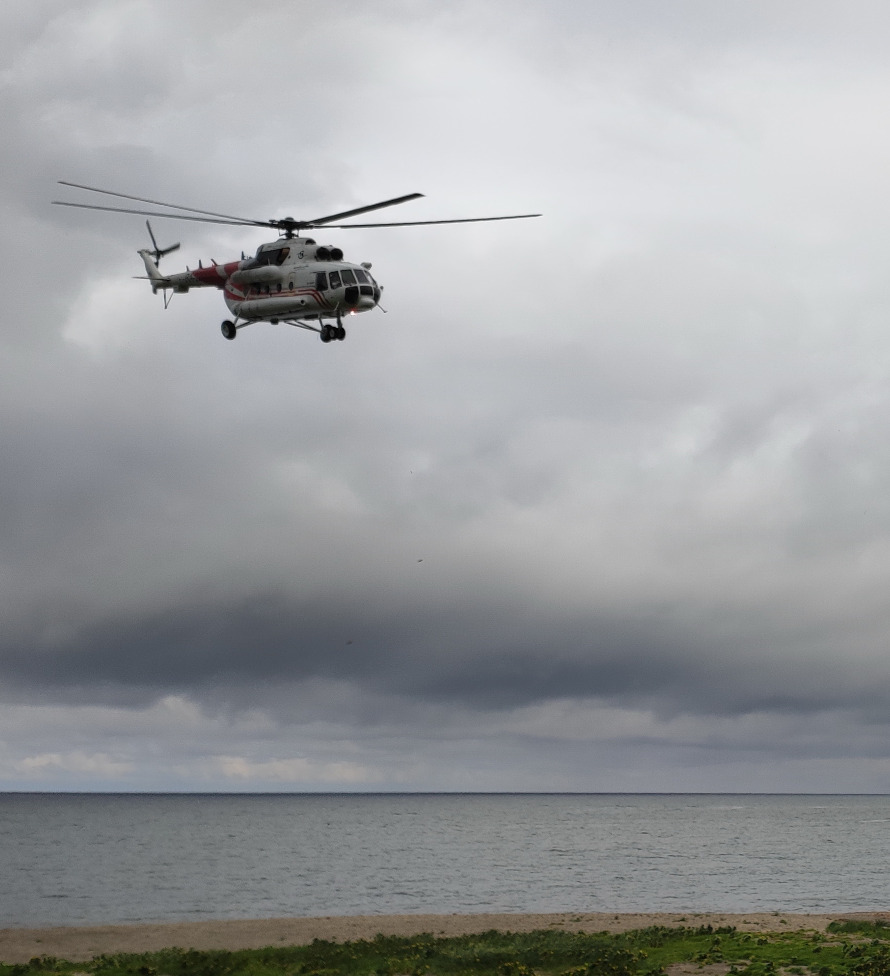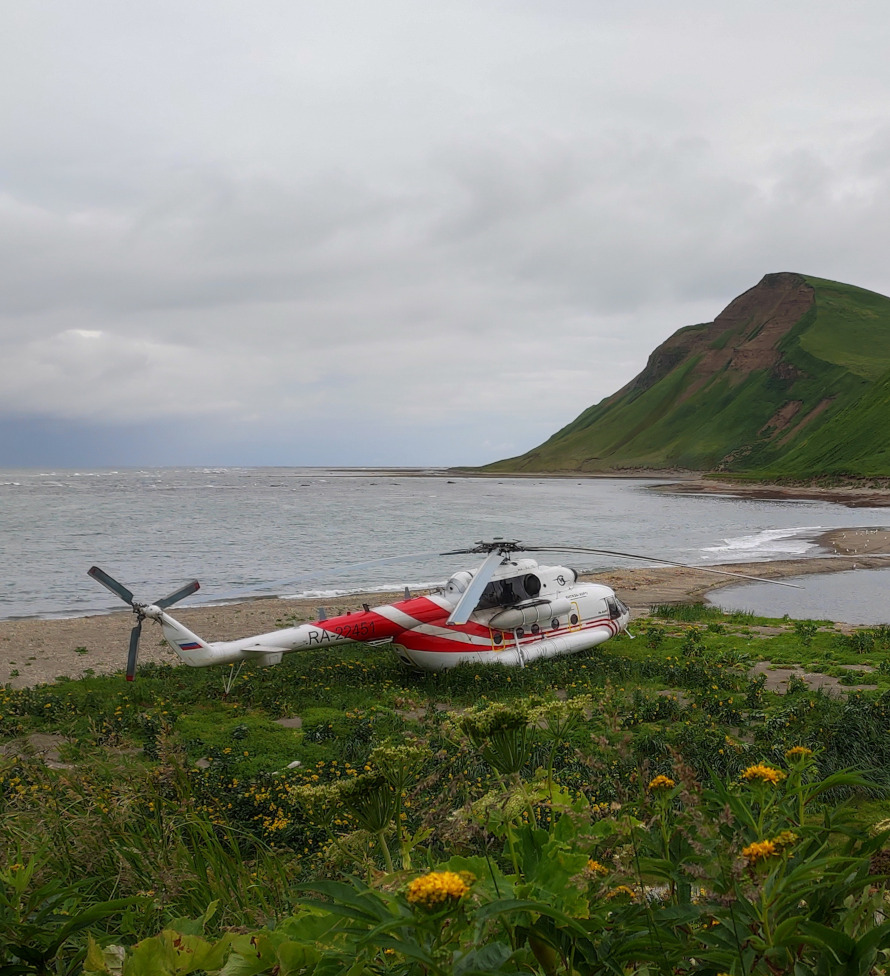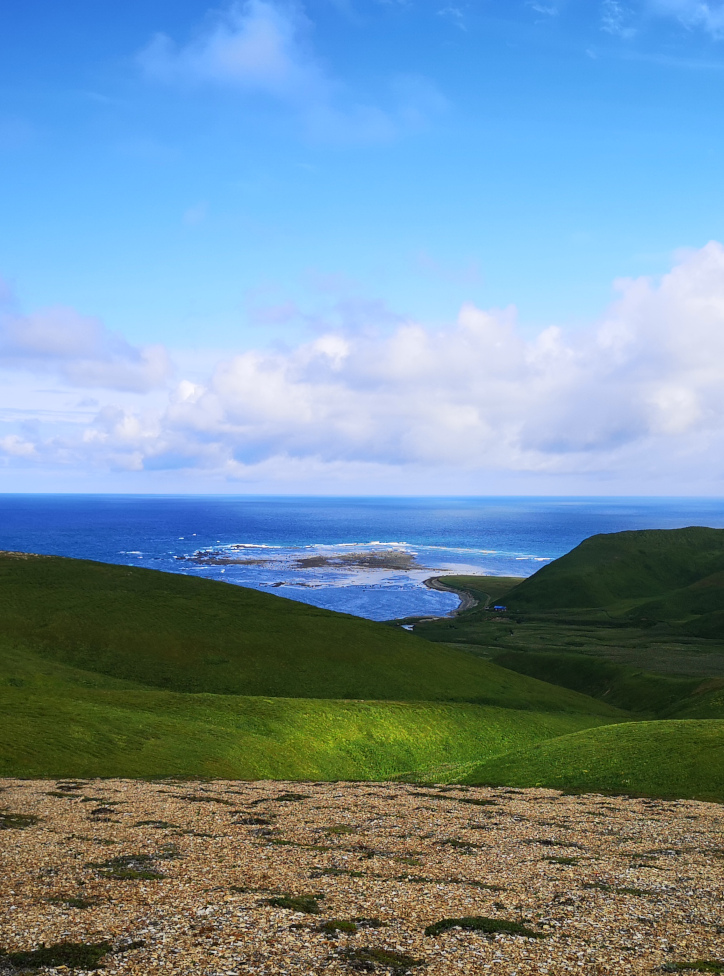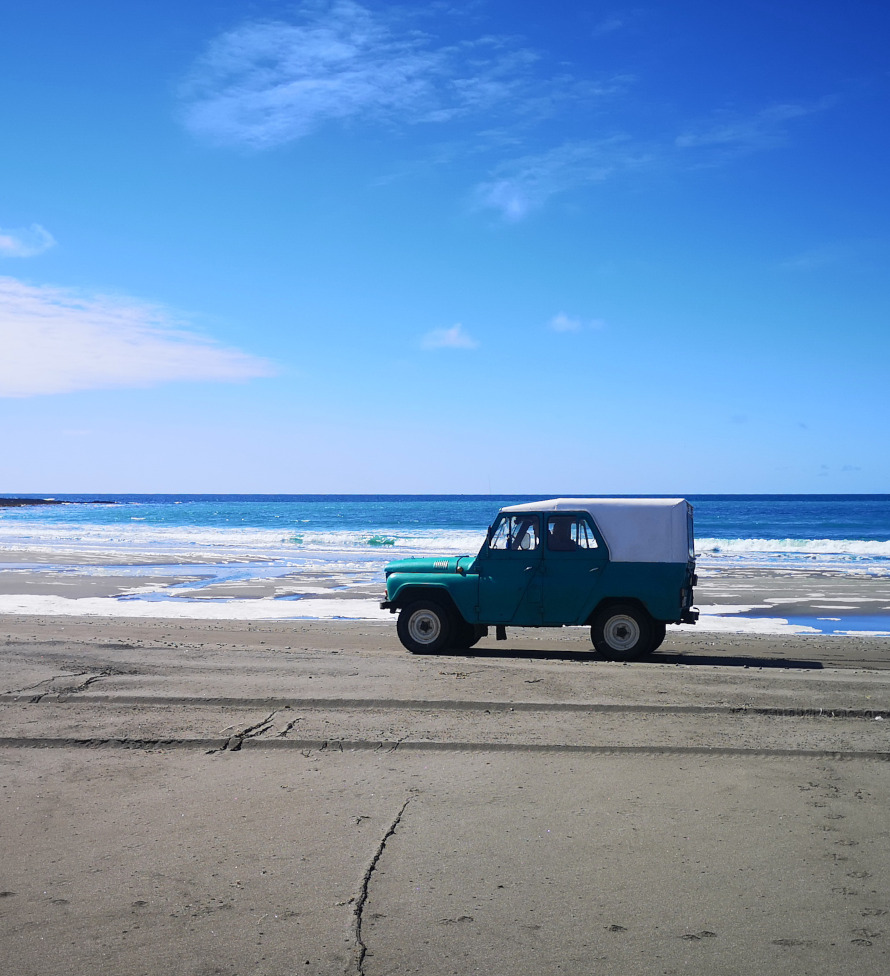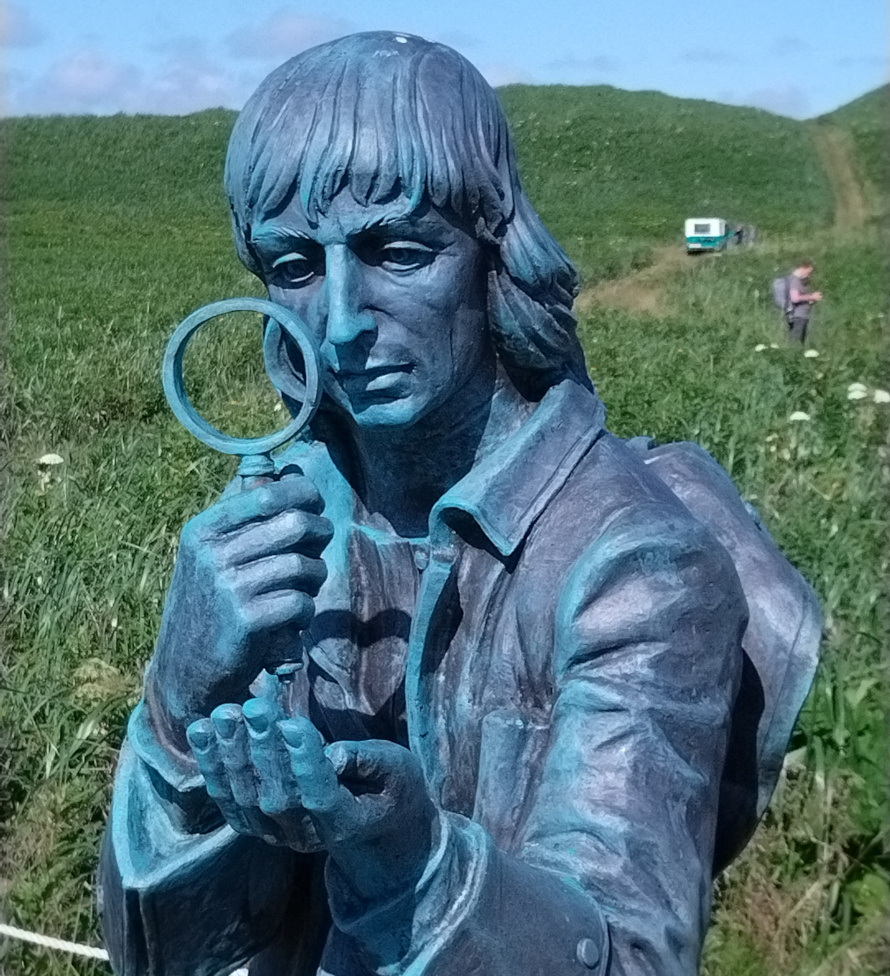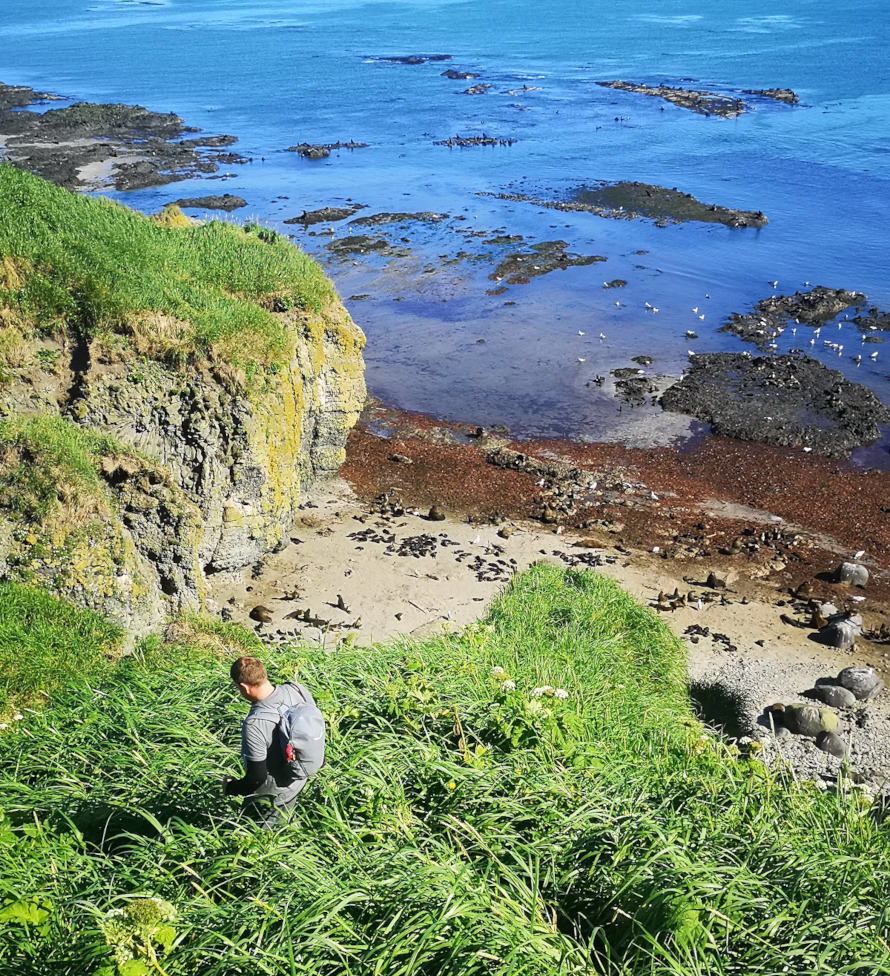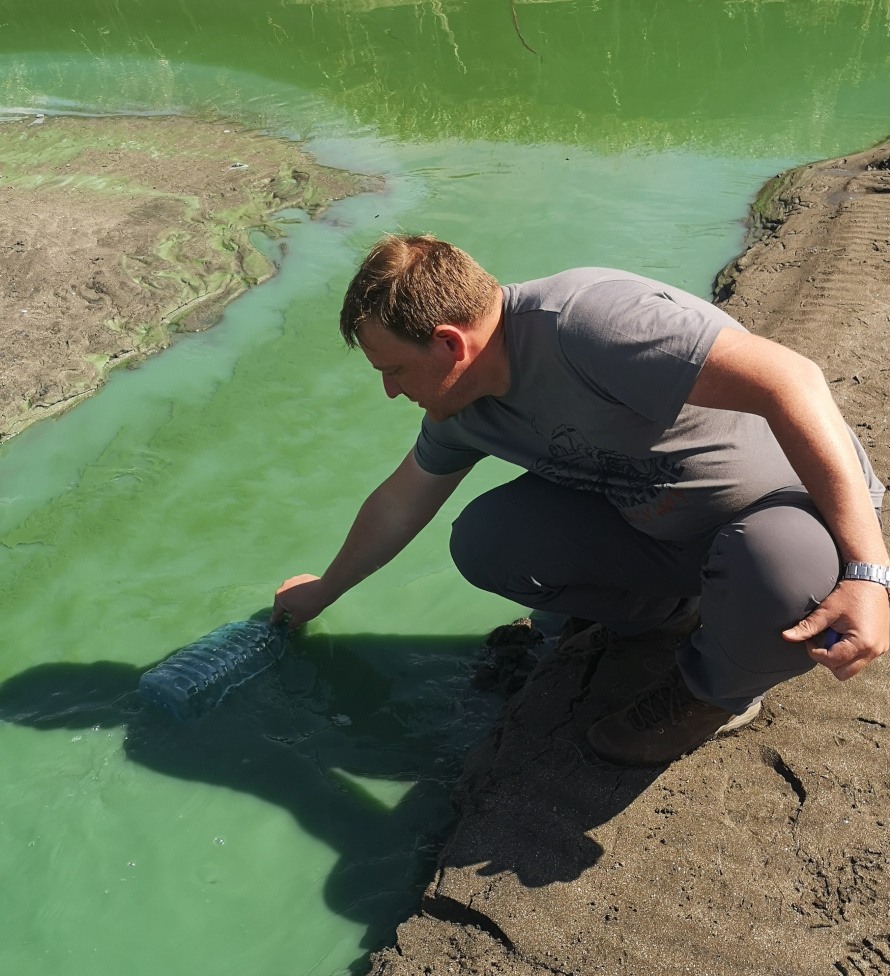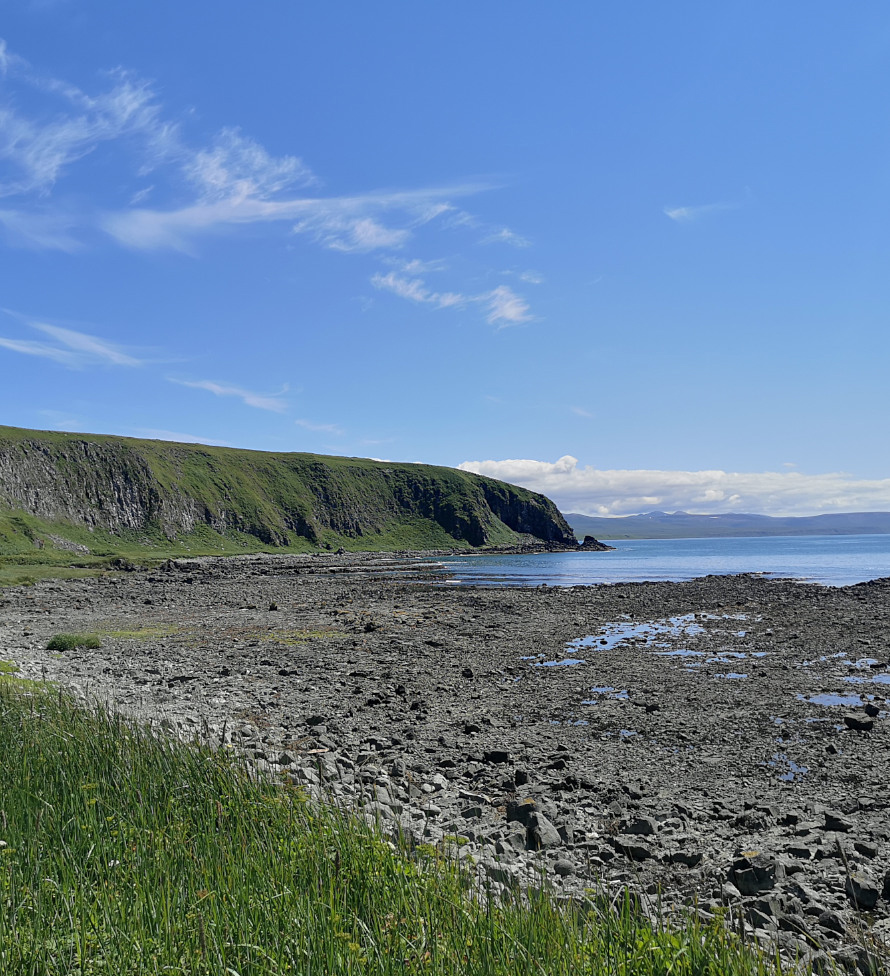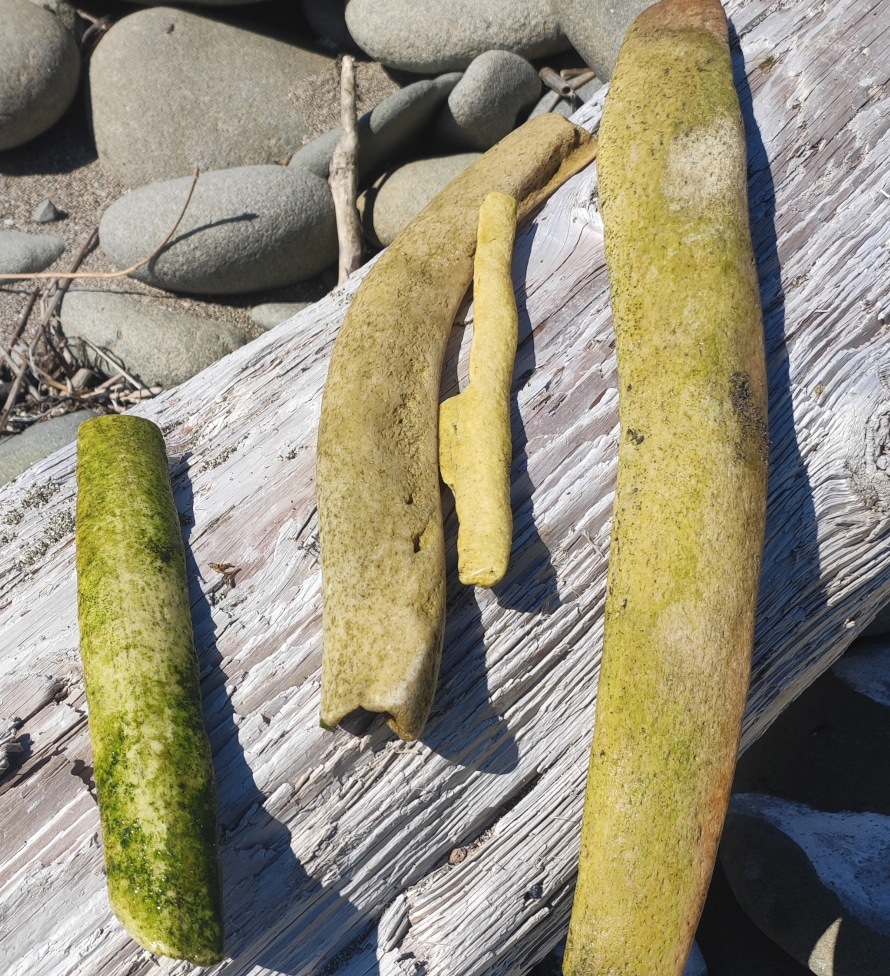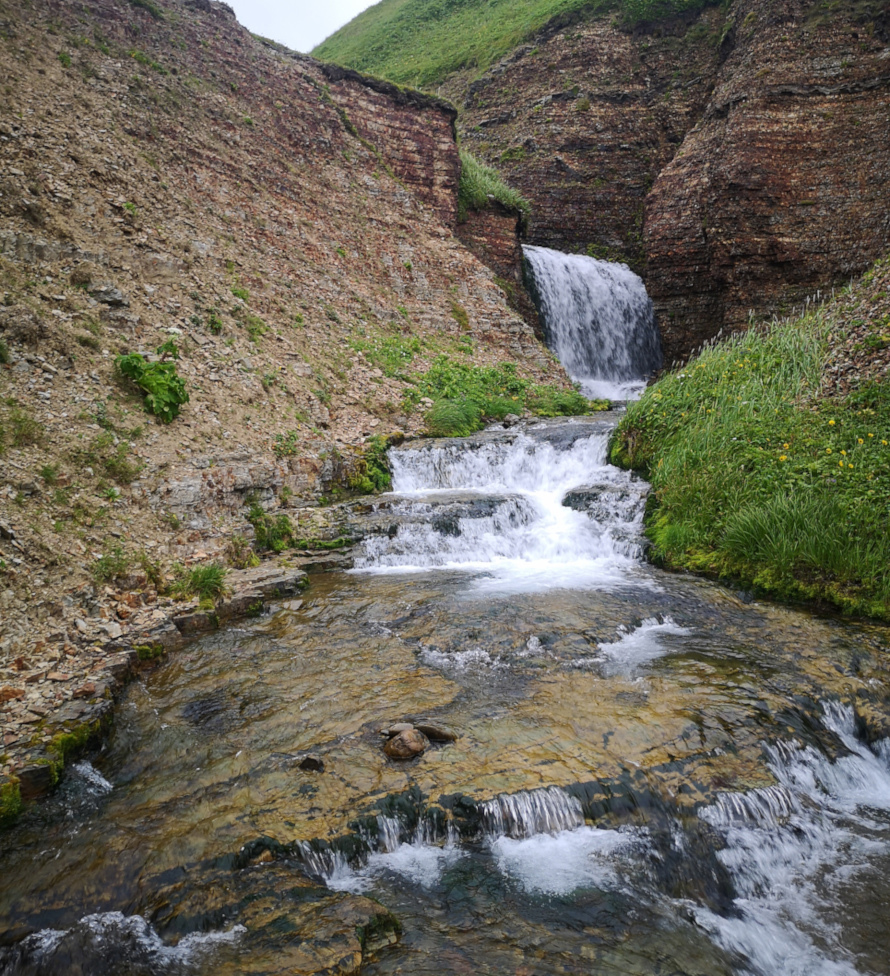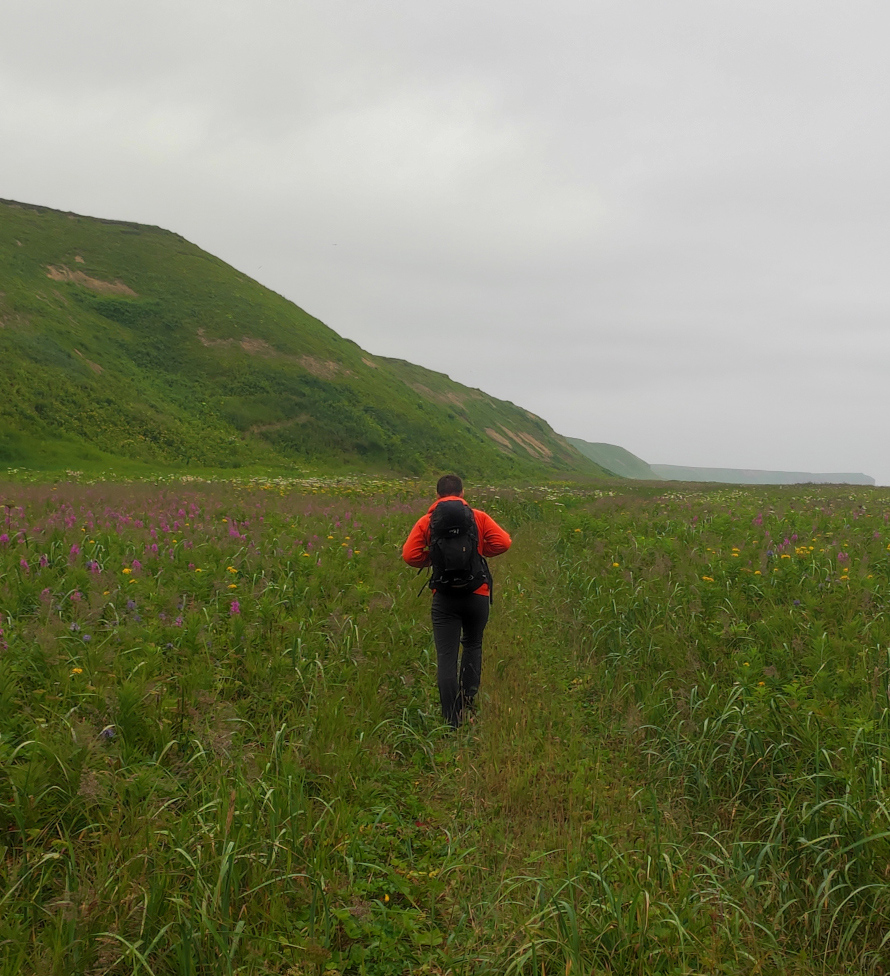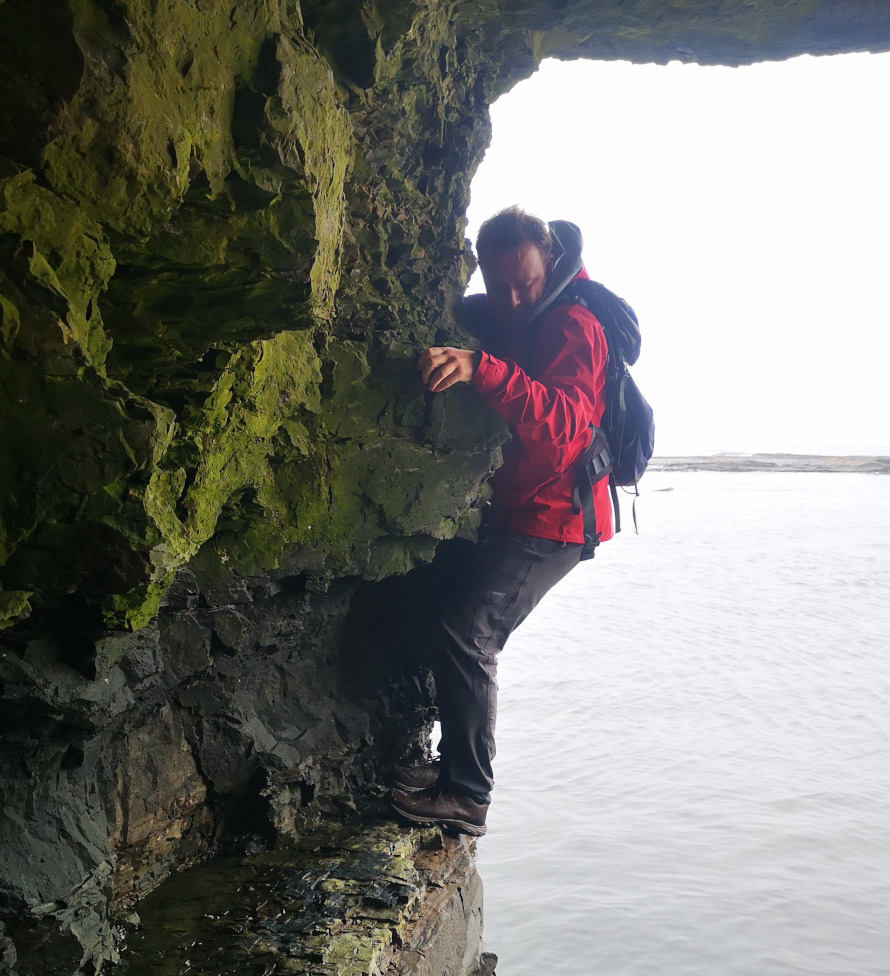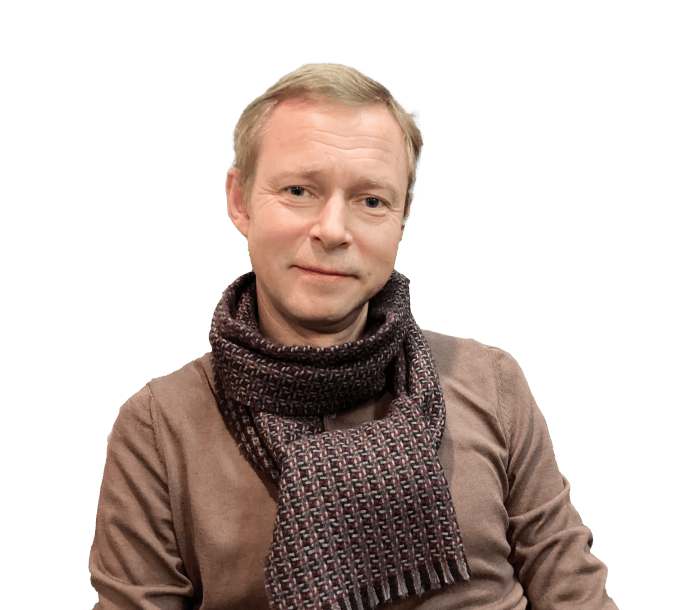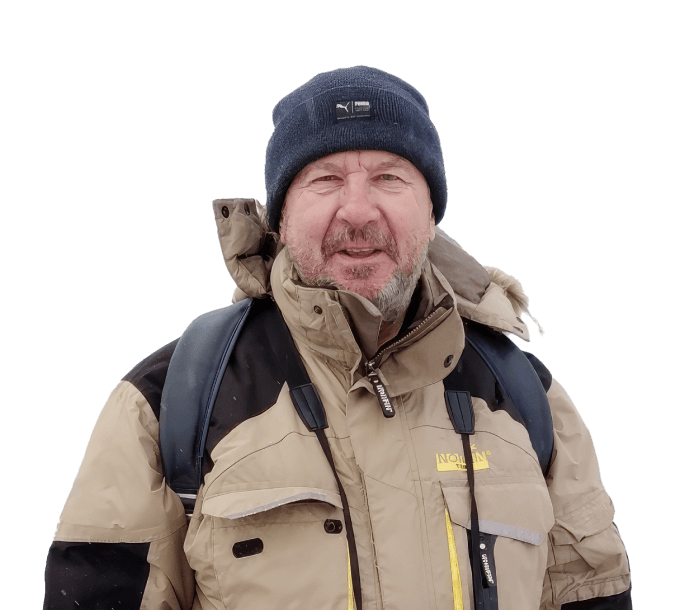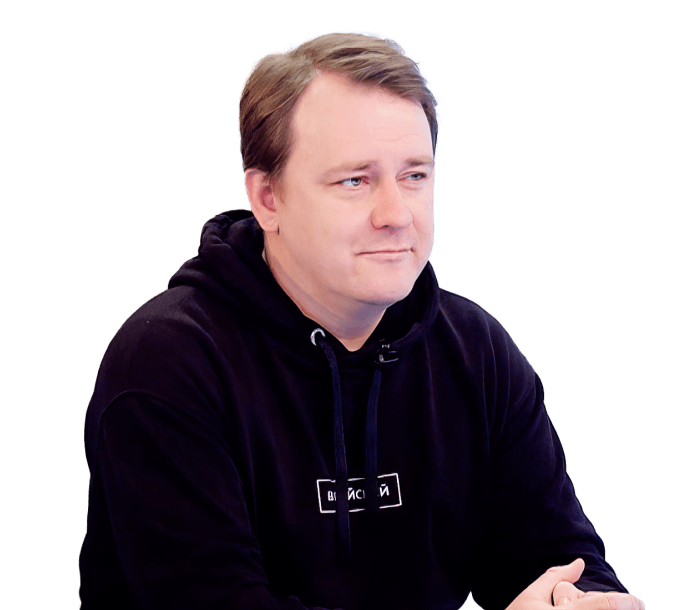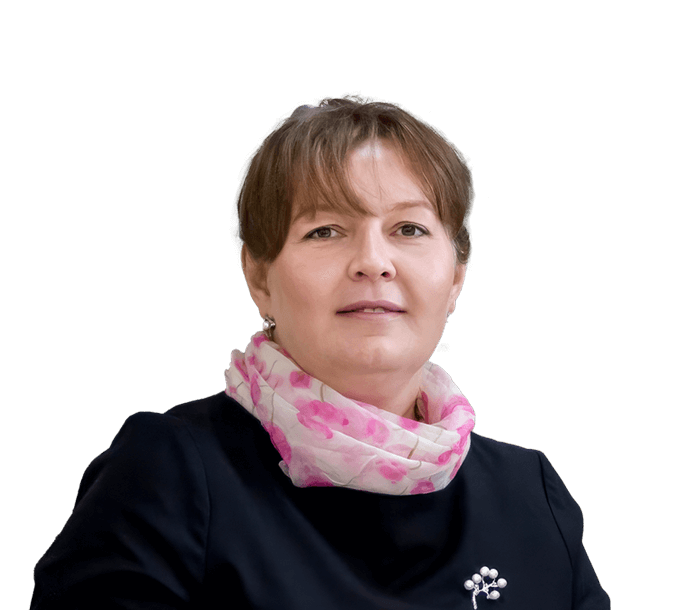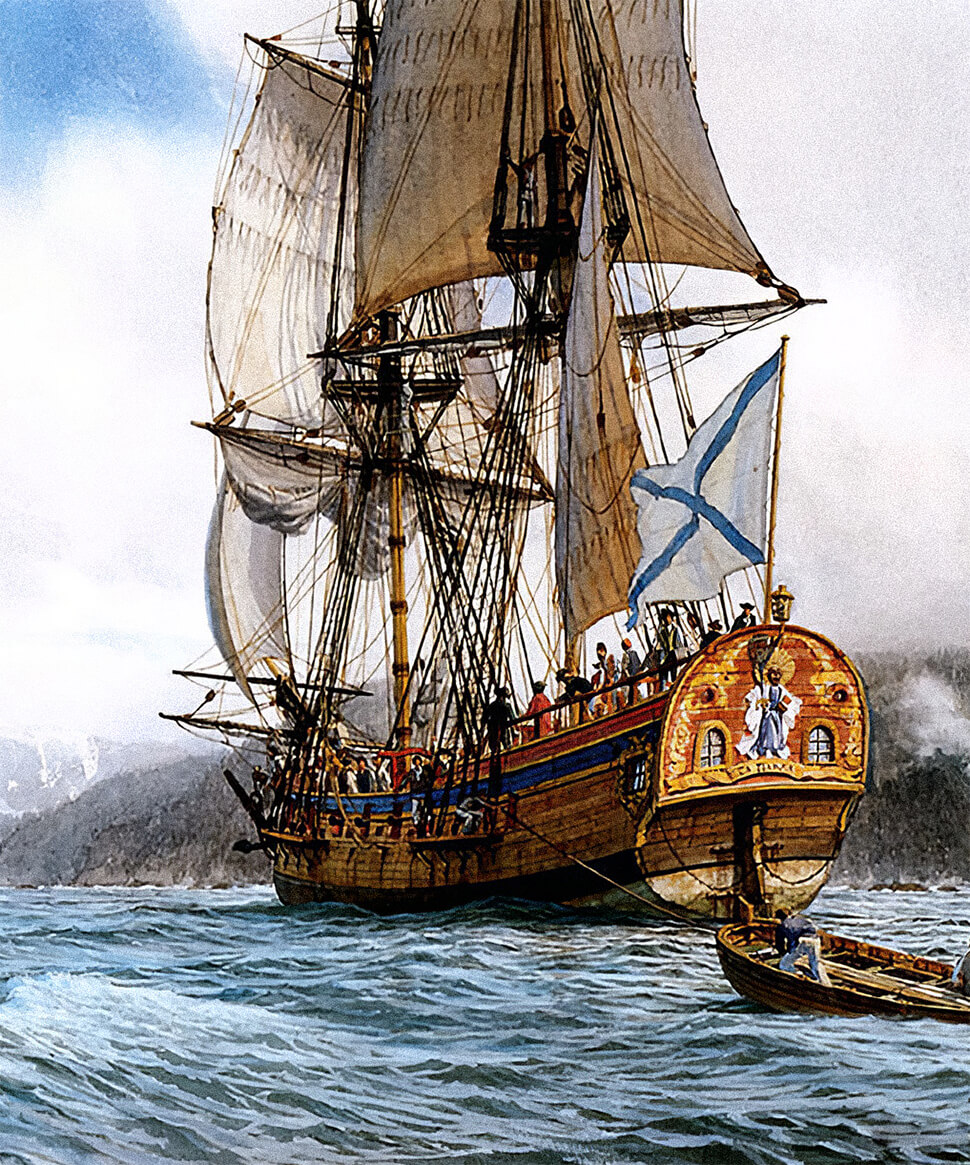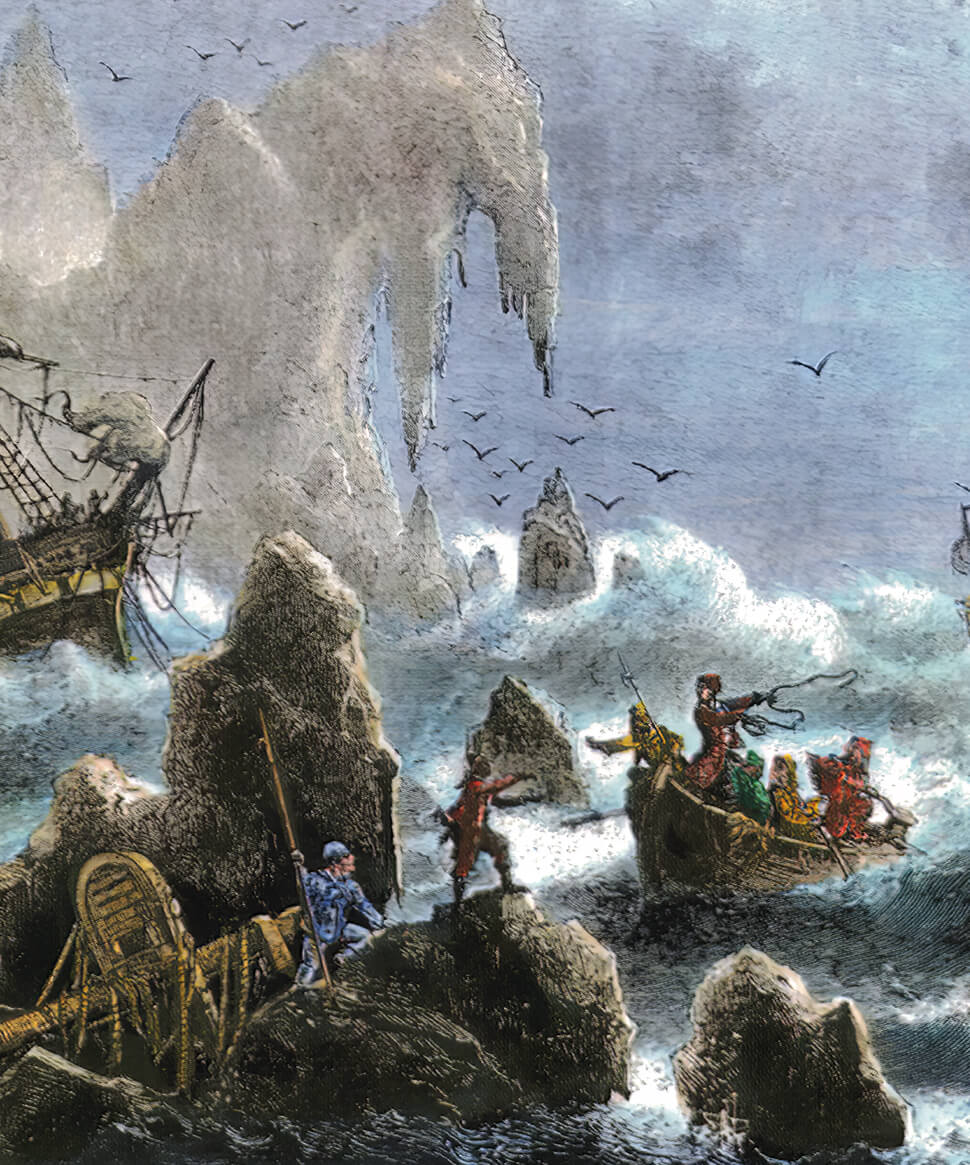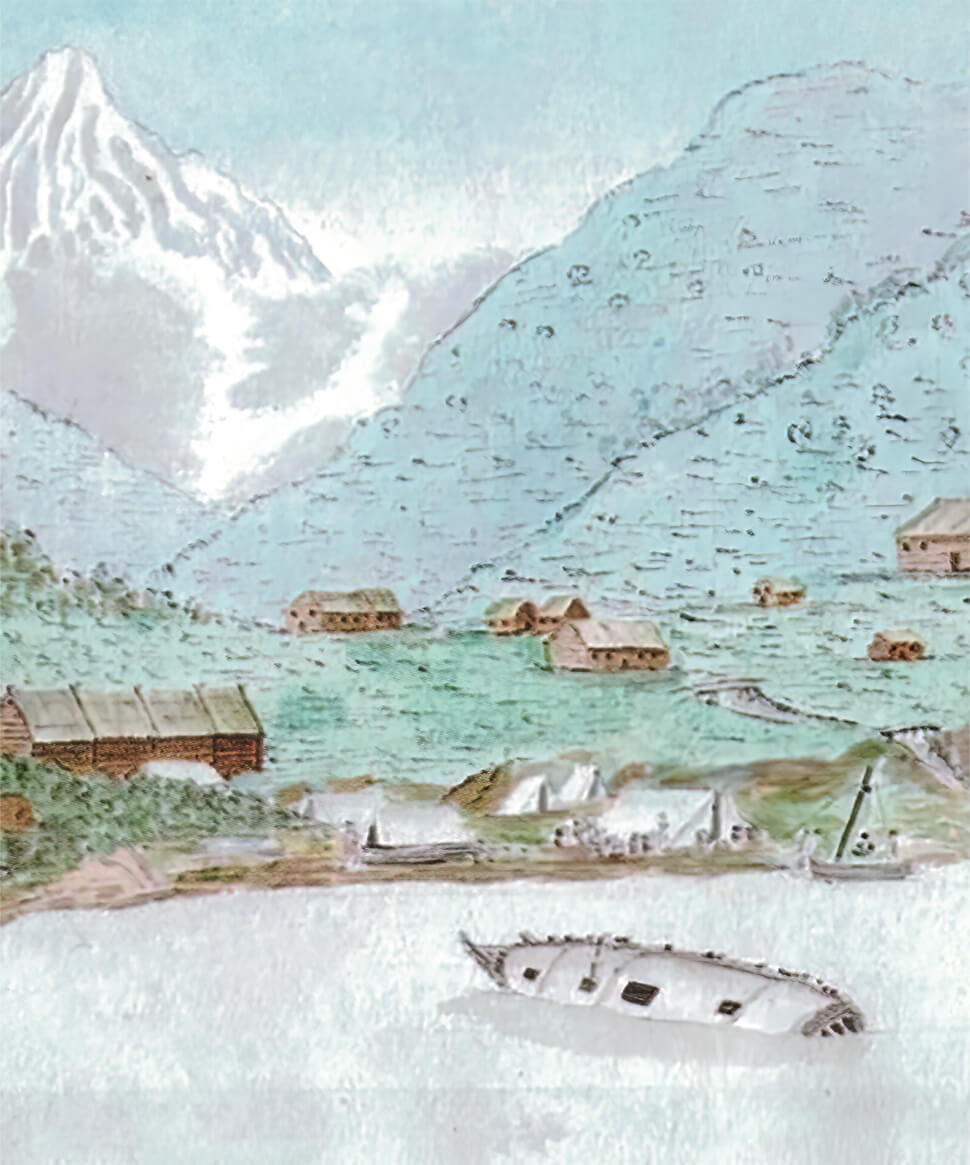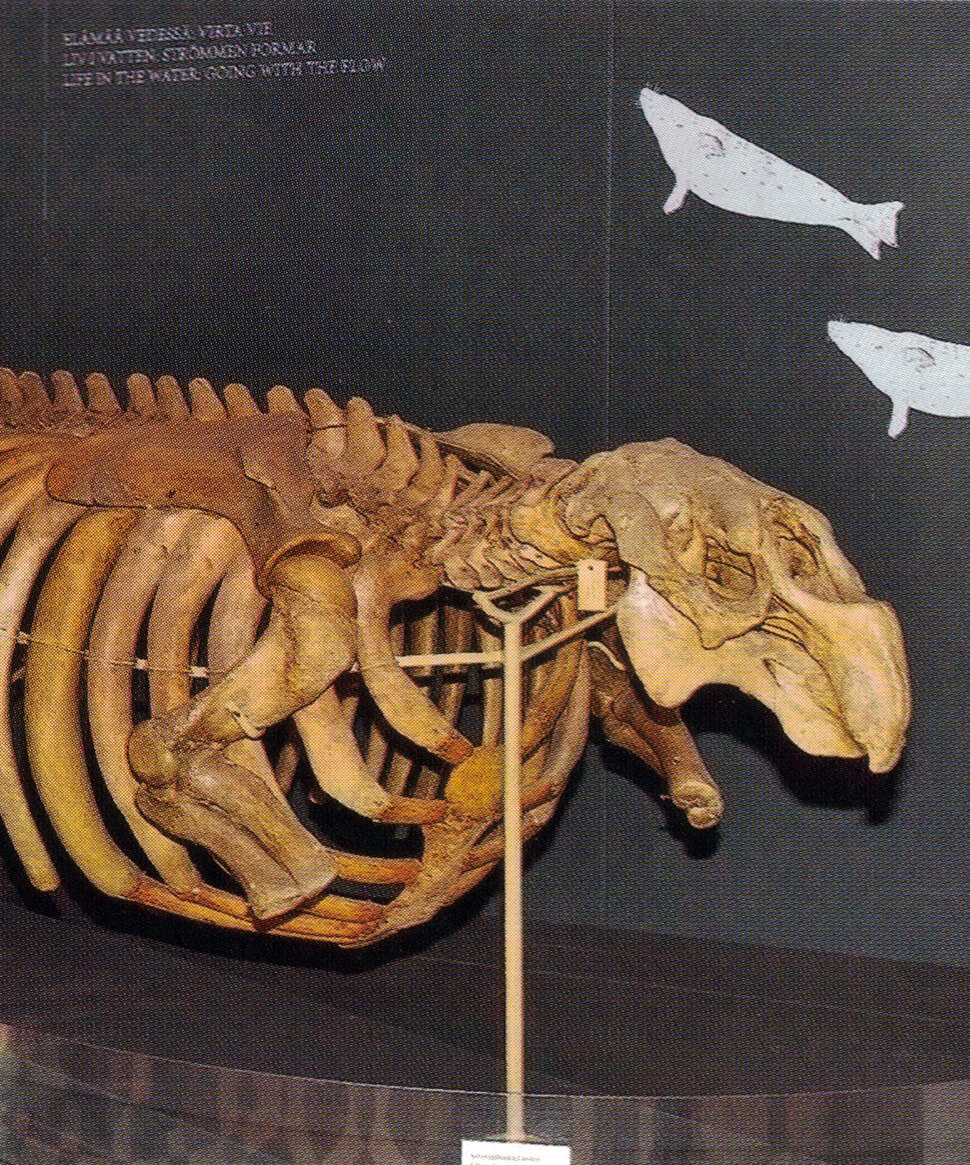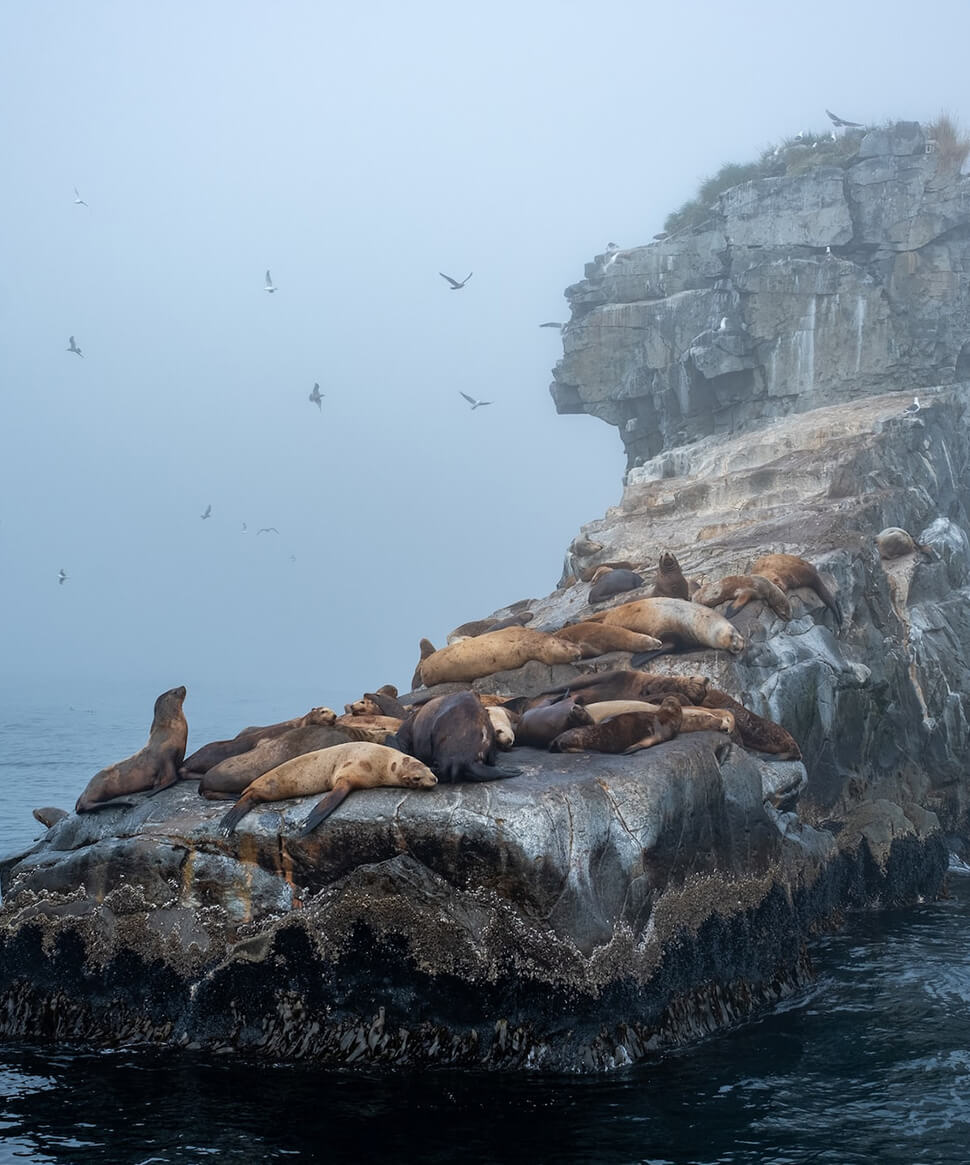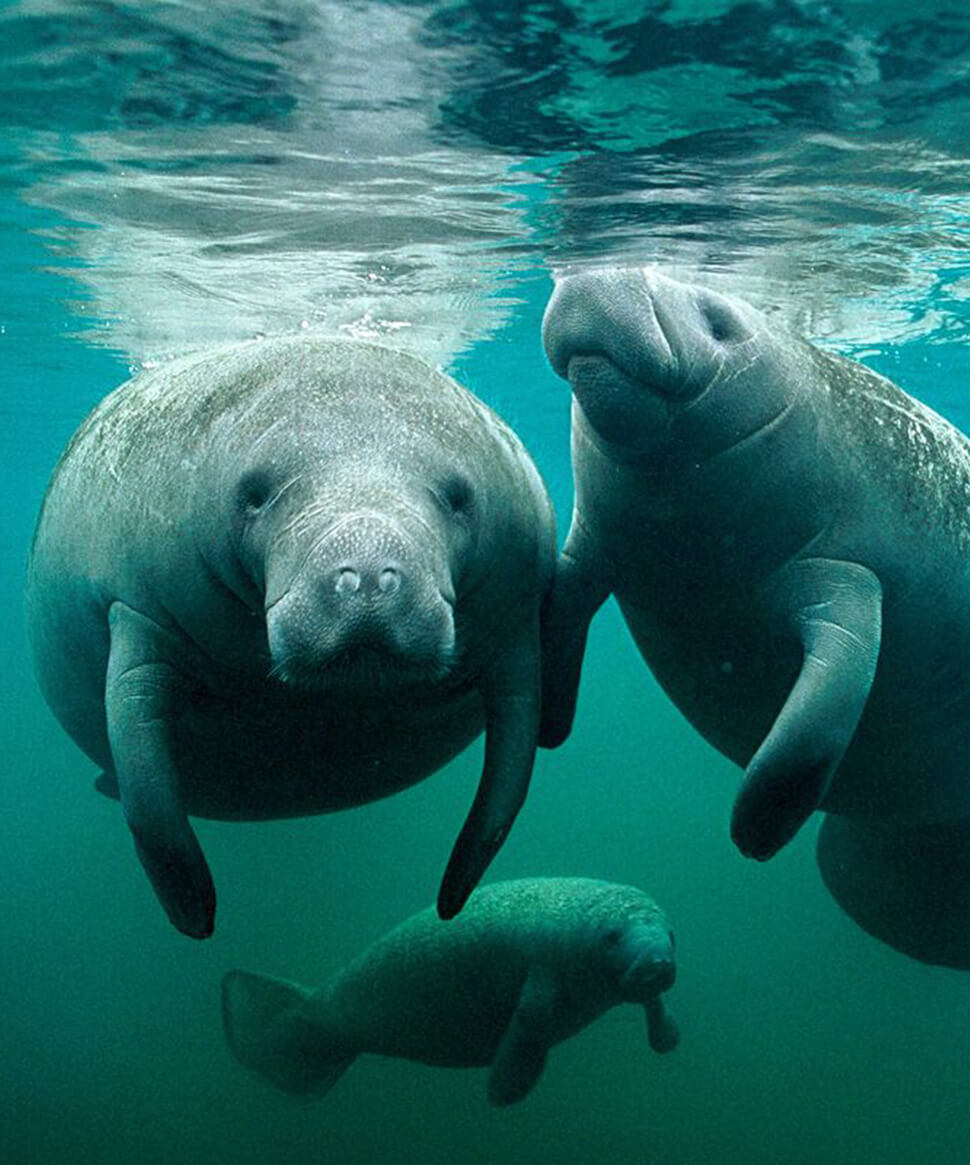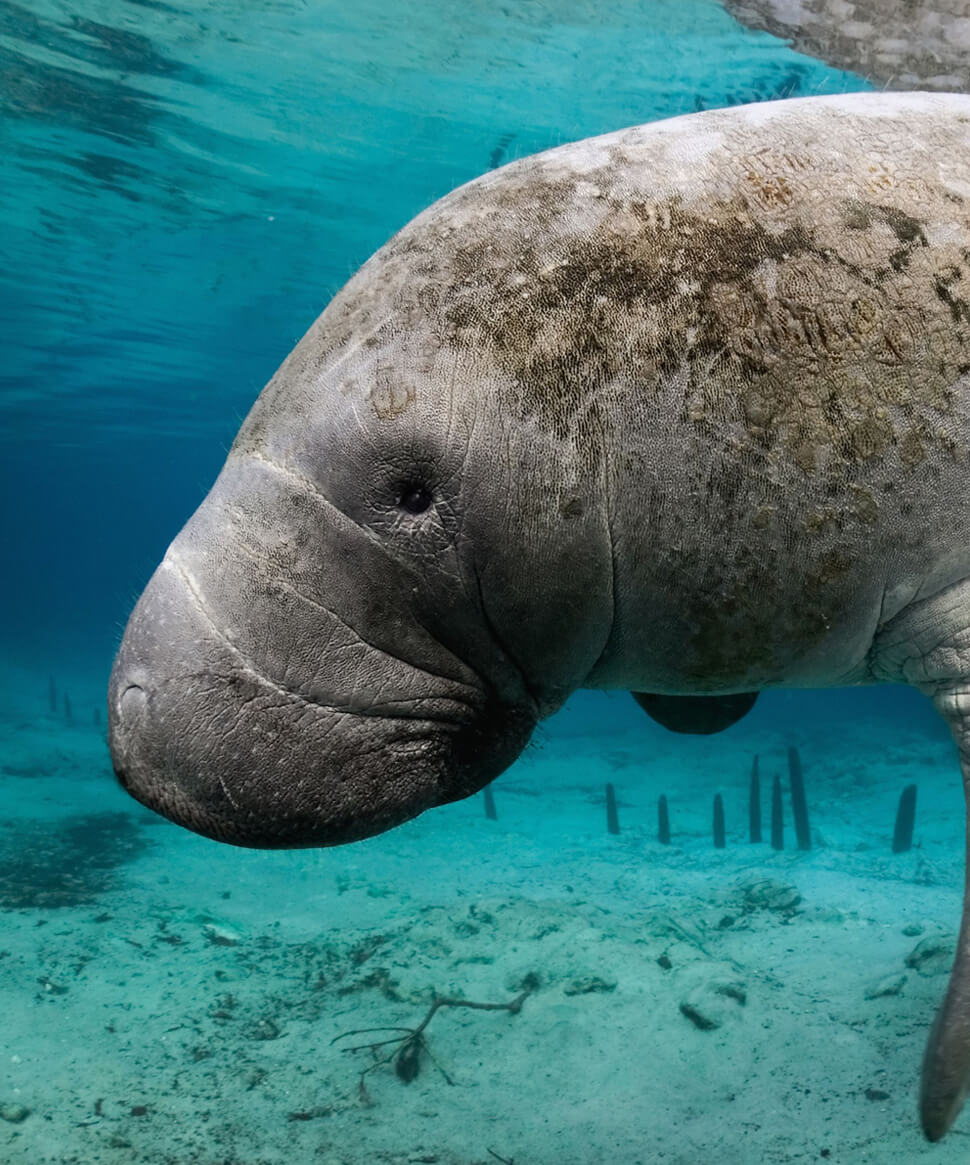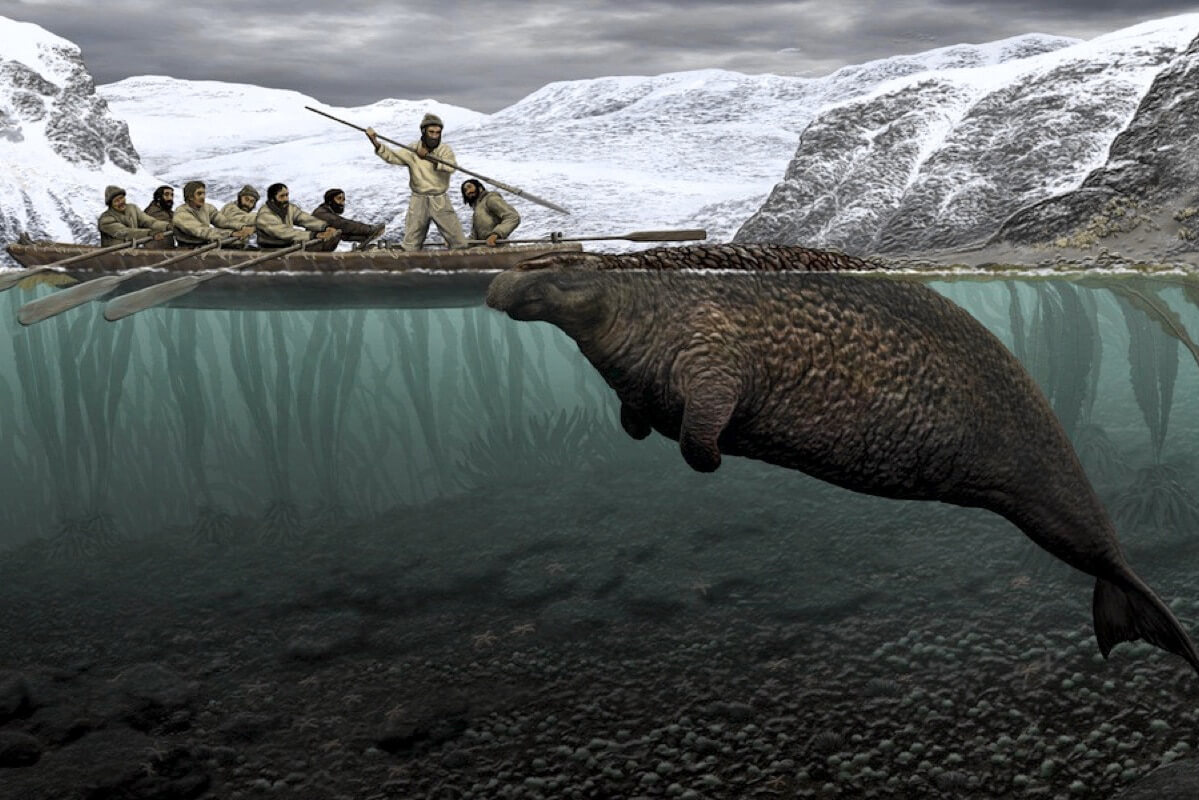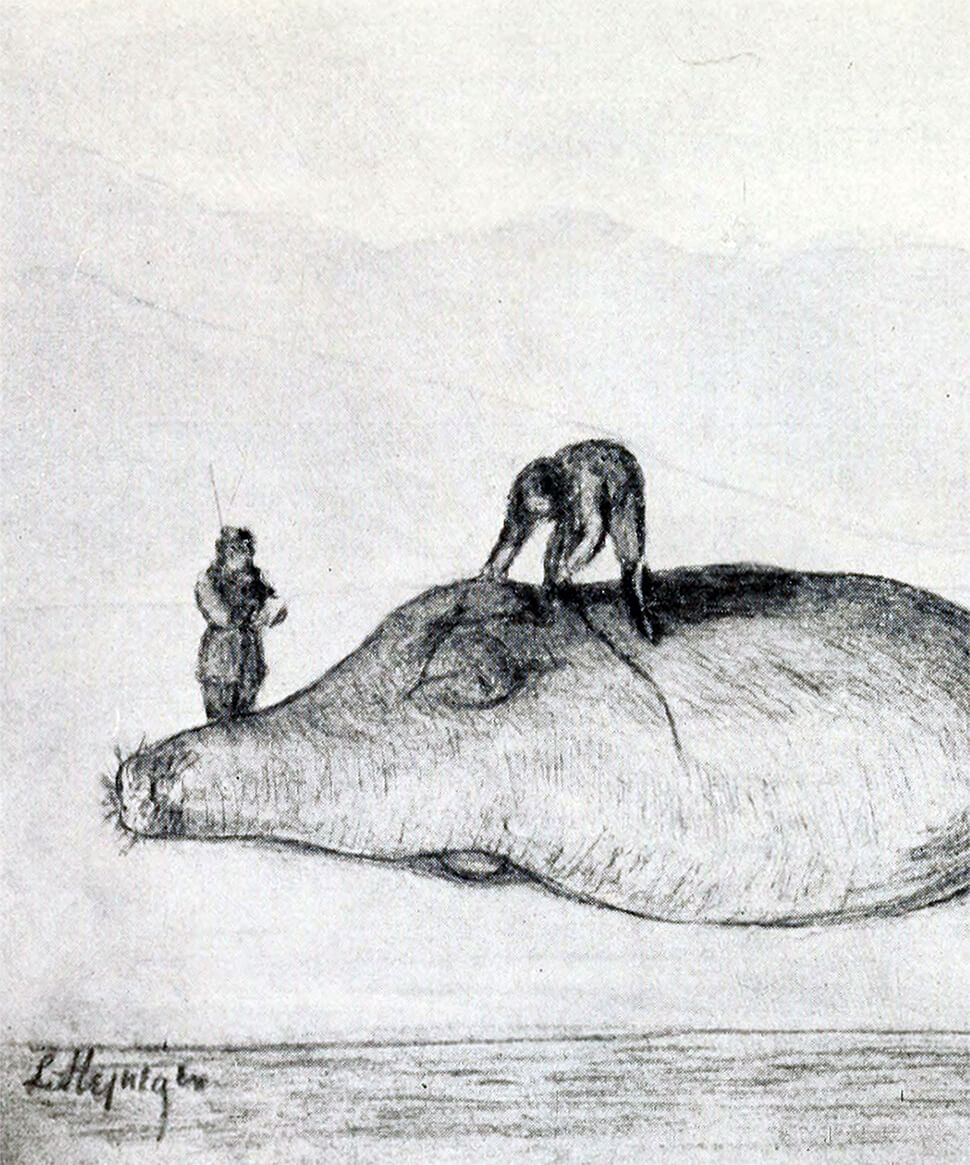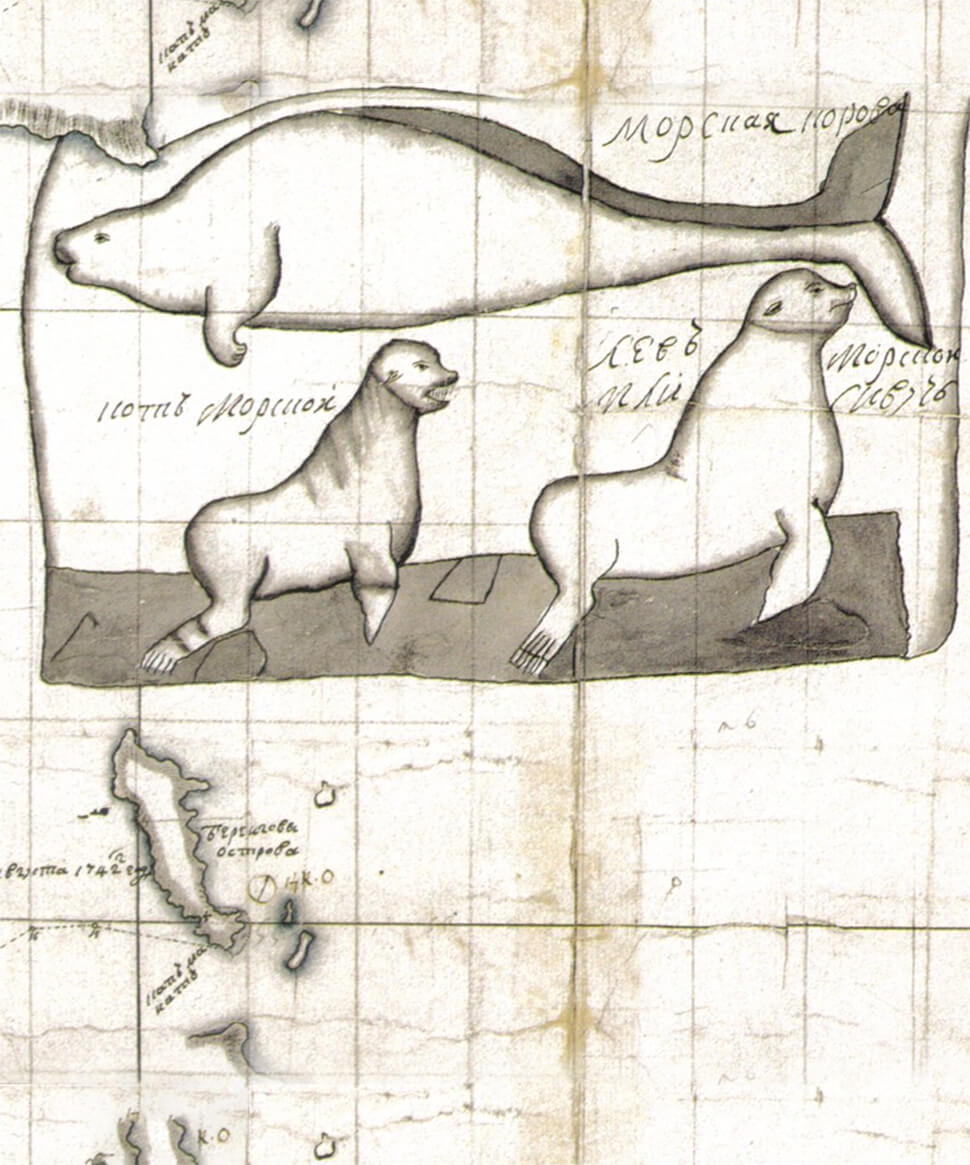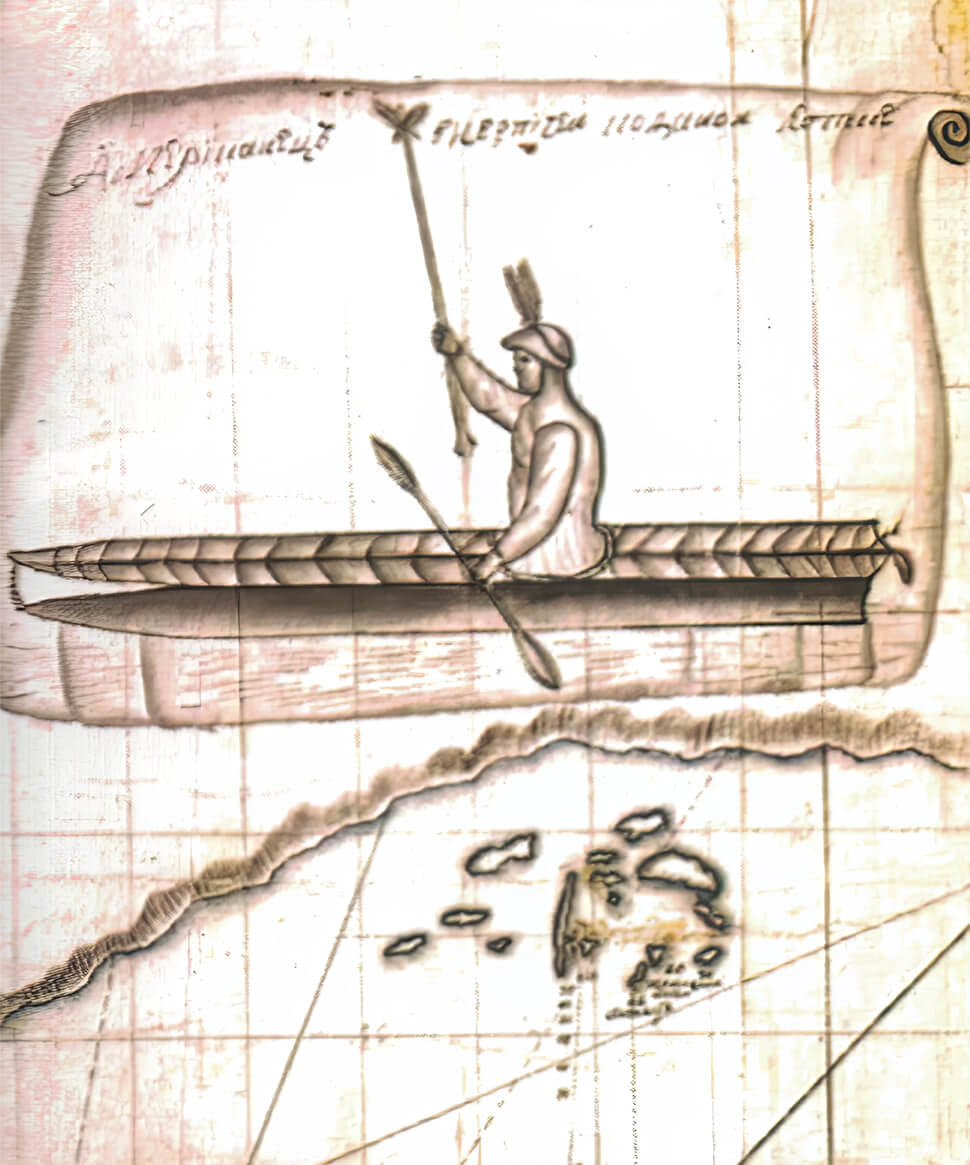In this project I act as a zoologist, morphologist and partly as a paleontologist who specializes in the study of extinct species in historical and near-historical times.
The starting point for studying the material was the collection of remains in the zoological museum of the Zoological Institute, most of which we received from the collection of the Commander Islands National Park and the private collection of local scientist Sergei Fomin, a resident of the village of Nikolskoye on Bering Island.
However, the Steller’s sea cow viped out 250 years ago, so due to the climate of the coast of the Commander Islands, the source material for genetic research is not of the best quality.
My main interest is morphological. Together with specialists from the Research Center of Biotechnology of the Russian Academy of Sciences, the European University at St. Petersburg and other scientific organizations, we are developing paleogenomics and paleogenetics for the benefit of Russian science. As a result, we obtained very interesting results. During the expedition to the Commander Islands, we managed to collect about 30 samples of bones and skulls of the Steller’s sea cow, from which we were able to isolate the mitochondrial genome.
Like any zoologist, I am interested in the development of a species, its biology. We have some descriptions by the naturalist Georg Steller, but formally we know practically nothing about this animal, therefore, while restoring the species itself, we are simultaneously restoring its way of life.
Zoologists of various profiles are faced with the task of conducting research based on the collections of museums in our country and other countries, the museum on the Commander Islands, as well as field research.
Over the past decades, paleogenetics has made progress thanks to new equipment, so we believe that success awaits us in our lifetime, at least at some intermediate stage.
It is for the purposes of paleogenetics and paleogenomics that the most advantageous material turned out to be bones, in particular the petrosal bone os petrosum from the hearing apparatus of mammals.
For more than 5 years we have been working with the Steller`s sea cow from a genetic point of view. The first samples were taken from museum material that has been stored there for 200 years, but now we have received more recent material in good preservation, from which we plan to collect up to 10 nuclear genomes. In parallel, morphological processing of the skulls and skeleton of the sea cow is underway.


